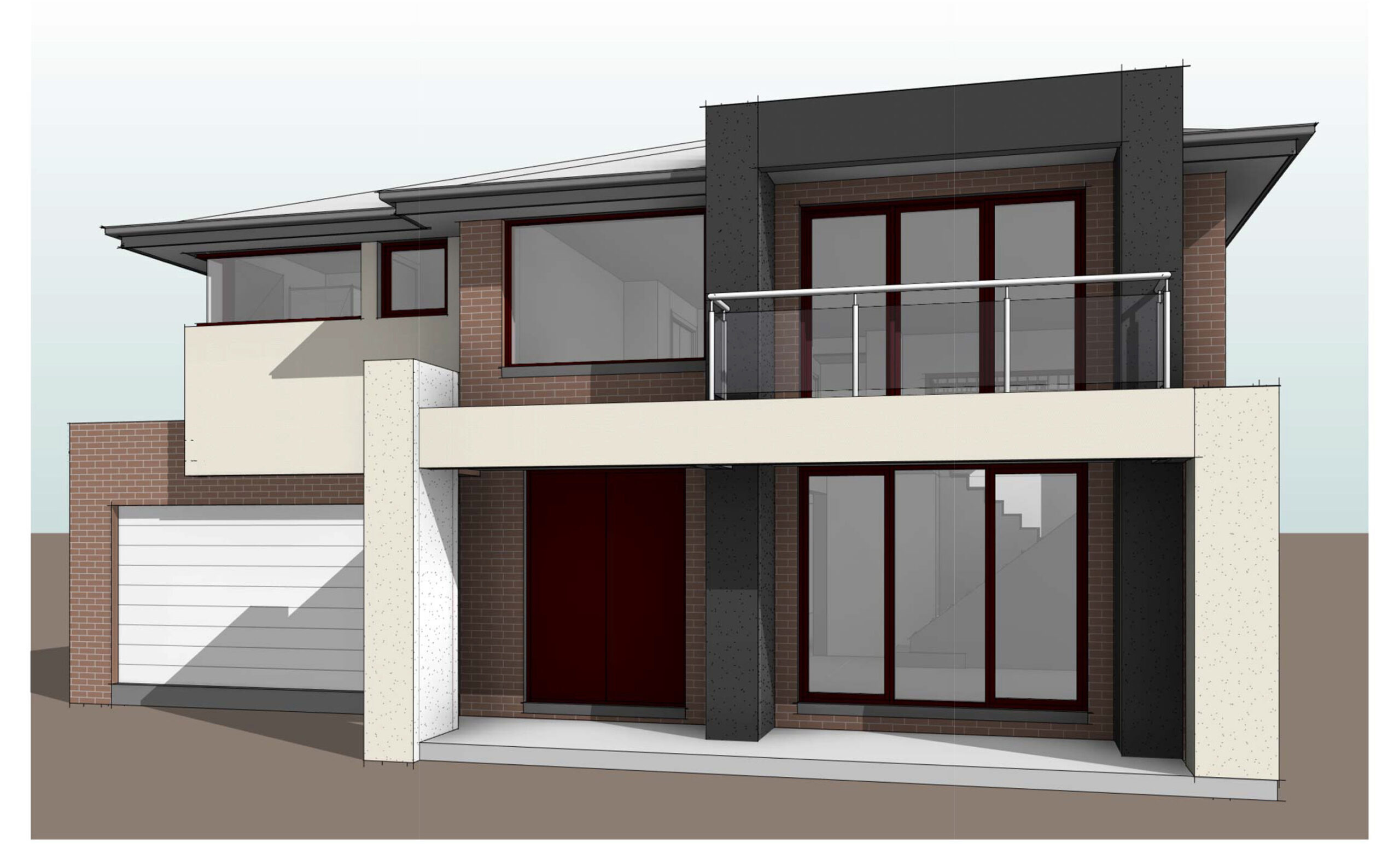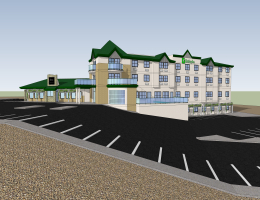Furniture and Retail Modeling Services in Outsource Creative Works
Posted on : Jun 22, 2023
In today’s highly competitive retail industry, companies are constantly seeking innovative ways to attract customers and boost sales. One strategy that has gained popularity is the use of furniture and retail modeling services in outsource creative works. These services offer a range of benefits, from enhancing the overall shopping experience to improving store layout and design. In this article, we will explore the importance of furniture and retail modeling services and how they can positively impact a retail business.
Introduction
The retail industry is evolving at a rapid pace, and businesses must adapt to changing consumer preferences and market dynamics to stay ahead of the competition. One effective strategy that has proven successful is the use of furniture and retail modeling services in outsource creative works. These services involve the use of cutting-edge technologies and expert design techniques to create engaging and visually appealing retail spaces.
Importance of Furniture and Retail Modeling Services
Enhancing the Shopping Experience
Creating a memorable shopping experience is crucial for attracting and retaining customers. By leveraging furniture and retail modeling services, retailers can design immersive environments that captivate shoppers and encourage them to spend more time in-store. This can be achieved through the strategic placement of furniture, lighting, and visual displays that evoke a specific ambiance and mood.
Optimizing Store Layout and Design
Efficient store layout and design are essential for maximizing space utilization and facilitating smooth customer flow. Retail modeling services help businesses optimize their store layouts by providing accurate 3D models and simulations. These models allow retailers to experiment with different configurations and identify the most effective arrangement of shelves, product displays, and checkout counters.
Increasing Customer Engagement
Engaging customers and creating interactive experiences are key drivers of success in the retail industry. Furniture and retail modeling services enable businesses to incorporate interactive elements, such as augmented reality (AR) and virtual reality (VR), into their store designs.These immersive technologies provide customers with a unique and interactive shopping experience, allowing them to visualize products in their intended settings or virtually try them before making a purchase. By increasing customer engagement, retailers can leave a lasting impression and build stronger brand loyalty.
Steps in the Furniture and Retail Modeling Process
To effectively implement furniture and retail modeling services, several key steps are involved. These steps ensure a systematic and streamlined approach to transforming a retail space into a captivating and functional environment.
Initial Consultation and Assessment: The process begins with an initial consultation between the retailer and the modeling service provider. This involves understanding the retailer’s goals, vision, and specific requirements for the project. The service provider conducts a comprehensive assessment of the existing store layout and design.
Concept Development and Design: Based on the assessment, the service provider develops conceptual designs that align with the retailer’s objectives. This stage involves brainstorming ideas, creating 2D sketches, and visualizing potential layouts and furniture placements.
3D Modeling and Visualization: Once the concept is finalized, the service provider creates detailed 3D models of the proposed store design. These models provide a realistic representation of the future retail space, allowing the retailer to visualize the final outcome and make necessary adjustments.
Prototyping and Testing: Before moving forward with the actual implementation, the service provider may create physical prototypes of furniture pieces or interactive displays. These prototypes are tested for functionality, durability, and customer interaction to ensure they meet the desired standards.
Implementation and Installation: Once all the designs and prototypes are approved, the service provider proceeds with the implementation phase. This involves coordinating with contractors, manufacturers, and suppliers to bring the designs to life. The installation process includes setting up the furniture, fixtures, lighting, and any other elements necessary to complete the retail space transformation.
Benefits of Outsourcing Furniture and Retail Modeling Services
Outsourcing furniture and retail modeling services offer several advantages for retailers looking to enhance their store environments and attract more customers. Some of the key benefits include:
Cost Savings: Outsourcing eliminates the need for in-house design teams and infrastructure, reducing operational costs associated with recruiting, training, and maintaining a dedicated team. Retailers can leverage the expertise of external service providers at a fraction of the cost.
Access to Expertise and Experience: By outsourcing to specialized modeling service providers, retailers gain access to a pool of experienced professionals who understand the nuances of retail design. These experts bring in-depth knowledge and industry insights to deliver high-quality results.
Time Efficiency: Retail modeling projects require meticulous planning and execution. Outsourcing allows retailers to save valuable time by leveraging the expertise of service providers who are experienced in managing complex projects. This enables faster turnaround times and efficient project completion.
Flexibility and Scalability: Outsourcing offers flexibility in scaling the scope of projects based on changing business needs. Whether it’s a complete store makeover or a partial redesign, service providers can accommodate varying project sizes and adapt to evolving requirements.
Case Studies: Successful Implementation of Furniture and Retail Modeling Services
To illustrate the effectiveness of furniture and retail modeling services, let’s take a look at a few real-world case studies:
XYZ Retail Store: Revamping the Store Layout
XYZ Retail Store, a well-established chain, sought to revamp its store layout to create a more appealing and organized shopping experience. By outsourcing to a retail modeling service provider, they were able to optimize their store layout using 3D modeling techniques. The new design incorporated strategically placed furniture, attractive product displays, and efficient customer flow patterns. As a result, XYZ Retail Store witnessed increased foot traffic, longer customer dwell times, and improved sales performance.
ABC Furniture Company: Showcasing Product
ABC Furniture Company, a leading furniture retailer, aimed to enhance its product showcasing capabilities. By leveraging furniture and retail modeling services, they were able to create visually appealing displays that showcased different product variations. Using 3D modeling and virtual reality technology, customers could explore various furniture options in different styles, colors, and configurations. This immersive experience not only increased customer engagement but also helped ABC Furniture Company increase sales by allowing customers to make more informed purchasing decisions.
DEF Department Store: Creating Interactive Displays
DEF Department Store wanted to create interactive displays that would engage customers and elevate their shopping experience. Through outsourcing furniture and retail modeling services, they were able to incorporate cutting-edge technologies like augmented reality (AR) and touchscreen displays. These interactive elements allowed customers to virtually try on clothing, visualize home décor items in their own spaces, and explore product details with a simple touch. The engaging displays at DEF Department Store not only attracted more customers but also generated positive word-of-mouth and increased customer loyalty.
Challenges and Considerations in Outsourcing Creative Works
While outsourcing furniture and retail modeling services offer numerous benefits, there are some challenges and considerations that retailers should be aware of:
Communication and Collaboration: Effective communication between the retailer and the service provider is crucial for project success. Language barriers, time zone differences, and cultural nuances can impact the collaboration process. Clear and consistent communication channels should be established to ensure seamless coordination.
Intellectual Property Protection: Retailers must protect their proprietary designs, concepts, and confidential information when outsourcing creative works. Non-disclosure agreements (NDAs) and intellectual property clauses should be included in contracts to safeguard valuable assets.
Quality Control: Maintaining quality standards throughout the modeling process is essential. Regular progress updates, quality checks, and on-site inspections should be conducted to ensure that the final deliverables meet the retailer’s expectations.
Cultural and Language Differences: Working with service providers from different cultural backgrounds may require understanding and accommodating cultural differences. Language barriers can impact effective communication and should be addressed through translation services or bilingual project managers.
Conclusion
In today’s competitive retail landscape, leveraging furniture and retail modeling services in outsource creative works can provide a significant advantage. From enhancing the shopping experience to optimizing store layouts and increasing customer engagement, these services offer a range of benefits for retailers. By outsourcing these services, retailers can save costs, gain access to expertise, and achieve efficient and visually appealing retail spaces that leave a lasting impression on customers.




